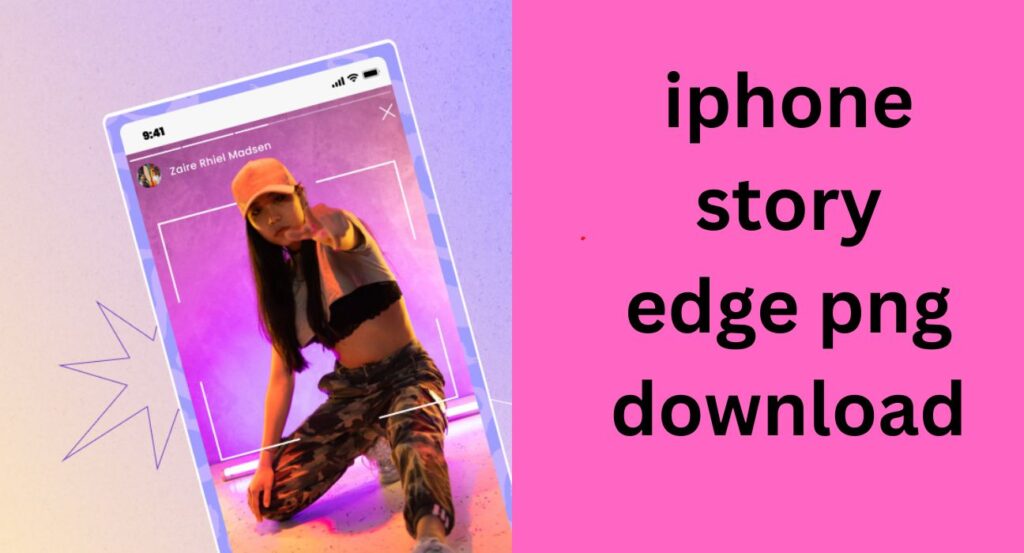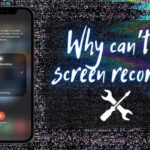The Evolution of iPhone Design and How to Download iPhone Story Edge PNGs
Since its inception in 2007, the iPhone has become one of the most iconic and innovative devices in technology history. Its cutting-edge design has evolved dramatically over the years, keeping Apple on the forefront of smartphone style and functionality. One of the most recognizable elements of iPhone design is the curved or “story” edge display. Let’s take a look at how the physical design has changed over time, focusing specifically on the display edges. We’ll also provide tips on where and how to download iPhone story edge PNG images.

Early iPhone Models Establish Signature Look (2007-2012)
When Steve Jobs first unveiled it in January 2007, the original iPhone featured a 3.5-inch LCD display with large top and bottom bezels framing a flat front glass panel. While advanced for its time, the first iPhone lacked the graceful curves and tapered edges that later became integral parts of the iPhone’s aesthetic. The iPhone 3G, 3GS and 4 retained largely the same industrial design, keeping the flat front look.
Introduction
It wasn’t until June 2010 and the introduction of the iPhone 4 that Apple began experimenting with a more contoured design. A stainless steel band wrapped around the edge of the device, enclosing the front and back glass panels and giving it a sleeker, more integrated look. This band also functioned as the phone’s antenna. The iPhone 4S, released in October 2011, kept essential design conventions intact. Though larger and more powerful in the inside, the 4S exterior looked almost identical to its predecessor.
More Immersive Screens Emerge (2012-2017)
In September 2012, Apple launched the iPhone 5. With its 4-inch display, elongated 16:9 aspect ratio and newly chamfered edges, the iPhone began to lose some of its original boxy-ness. This taller, thinner device represented a major leap toward the edge-to-edge screen we recognize today. The iPhone 5C and 5S built upon this foundation in 2013, refining rather than revolutionizing the industrial design.
Display size
The release of the iPhone 6 and 6 Plus in September 2014 marked Apple’s most dramatic step yet toward contemporary iPhone aesthetics. Notably larger displays of 4.7 and 5.5 inches necessitated a rounded, elongated chassis with curved corners to improve ergonomics. The 6 Plus also featured contours at the edges reminiscent of current story edge designs. But large top and bottom bezels still limited the immersiveness of the viewing experience. The next year, the 6S and 6S Plus retained the same design essentials.
All-Screen Future Arrives (2017-Present)
It wasn’t until the iPhone X in November 2017 that Apple finally achieved a truly edge-to-edge display. Featuring a sharp 5.8-inch OLED screen, the iPhone X did away with the top and bottom bezels and introduced the signature “notch” cutout for sensors and the front camera. Stainless steel banding hugged the rounded corners elegantly, meeting seamlessly with the front and back glass. With no borders framing the images and apps, users could now enjoy unprecedented levels of immersion.
Design
The iPhone XS, XS Max and XR expanded upon this successful design in September 2018, improving internals while keeping exteriors sleek. 2019 brought the iPhone 11 series, as well as the first iPhones with the official “Pro” designation. Refined stainless steel edges, matte glass finishes and an improved triple-lens camera system for the Pro set new standards once again. Most recently, the 12 and 12 Pro lines added bright OLED displays and 5G connectivity while showcasing the smallest ever iPhone notch.
Apple’s ability
Through fifteen years and twenty-one flagship models, the iPhone has come a long way from its original minimalist, industrial design. As processing power and screen technology have advanced, so has Apple’s ability to edge displays out further for a truly immersive viewing experience. From flat and square to bezeless curves, it’s a digital design evolution grounded in innovation.

Finding and Downloading iPhone Story Edge PNGs
Now that you know the iPhone design timeline and origins of that signature story edge display, you may want images to accompany any projects, documents or blog posts. PNGs (Portable Network Graphics) featuring iPhone story edges are available for free download online. These transparent background images can enhance any desktop or mobile-based designs.
When searching for iPhone edge PNG files, use descriptive keywords like “iPhone story edge PNG,” “iPhone curved edge transparent” or “iPhone 12 Pro Max side view PNG.” Filter or sort images for higher resolutions or to find the specific iPhone generation you need. Credible sites like PNGTree, PNGAll and PNGkit are safe options with large collections.
Desired image
Download your desired image and verify dimensions are adequate for your intended use. 600×600 up to 2000×2000 pixels or higher is best for retaining clarity without pixelation when resizing. Save images to cloud storage like Dropbox or Google Drive for easy access across devices and applications.
To appropriately attribute artists, checkTerms of Use and cite source websites when using imagery online or in commercial applications. Don’t simply copy or screenshot without permission.
With the right high-quality iPhone story edge PNG added into your graphic designs, editable docs or blog graphics, you can establish visual synergy and brand consistency. Just be sure to optimize with keywords and descriptive captions to improve comprehension and search visibility.
Conclusion
That covers the spectrum of iPhone edge design evolution and where to download related PNGs for your projects. From Steve Jobs’ original vision to edge-to-edge displays, innovations in both form and function continue advancing the iconic Apple smartphone. No matter your affinity for glass and stainless steel, aluminum or candy hued plastic, there’s no denying the iPhone stands apart in shaping mobile technology and culture worldwide. Even another decade or two from now, we’ll likely still find hints of those first industrial designs in whatever lens-laden, portless, levitating iPhones the future holds.






